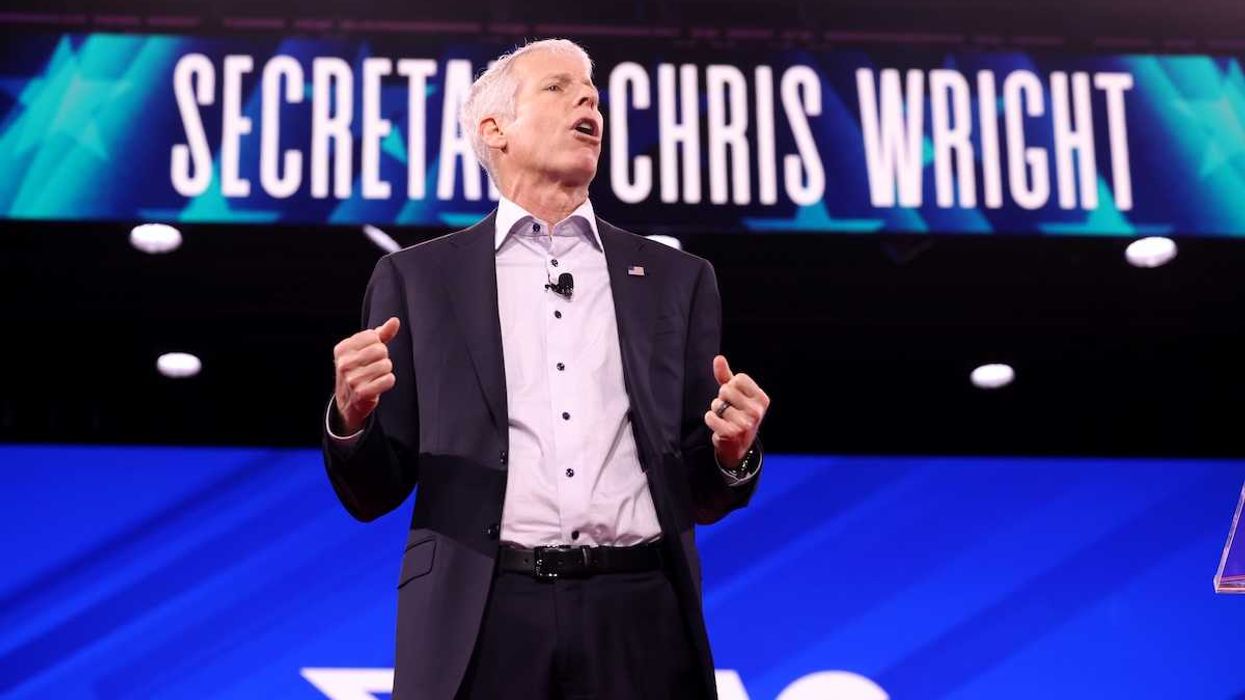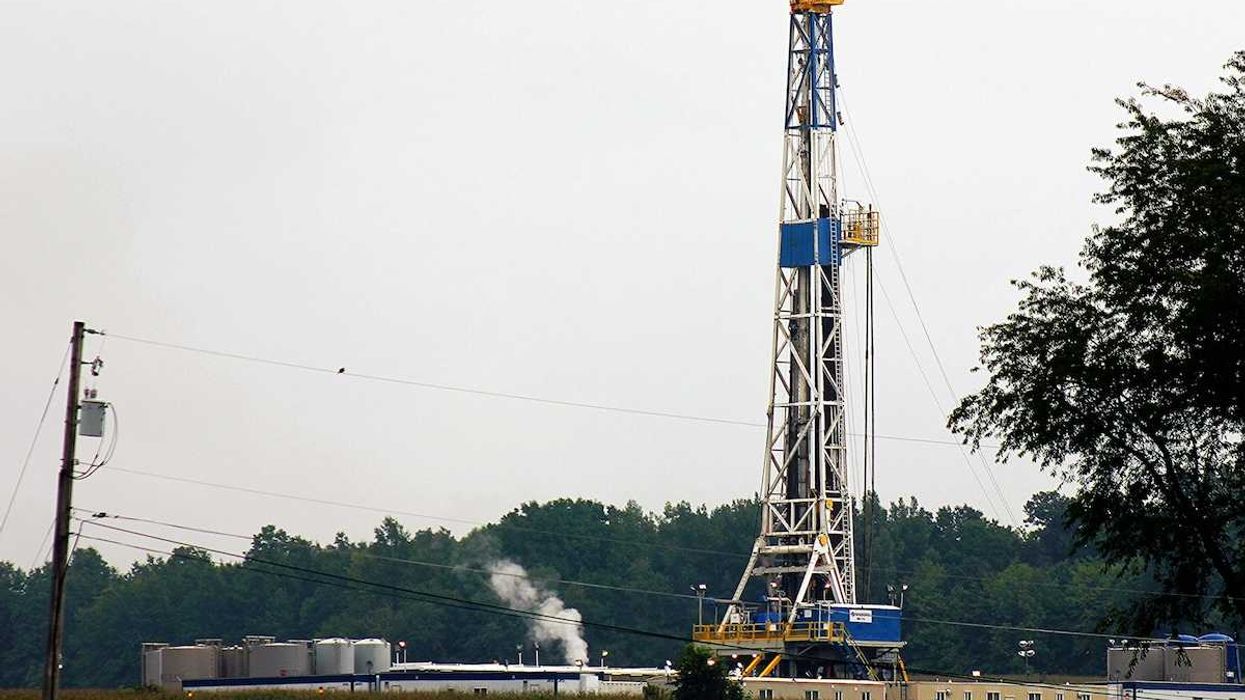New York City’s new congestion toll has reduced car traffic and pollution while raising hundreds of millions for public transit upgrades, despite efforts by the Trump administration to shut it down.
Oliver Milman reports for The Guardian.
In short:
- Since launching in January 2025, the $9 congestion fee for entering Manhattan’s core has led to two million fewer vehicles a month, a 15% jump in traffic speeds, and a 2.5% drop in carbon emissions.
- The Metropolitan Transportation Authority expects to raise $500 million this year from the toll, funding subway repairs, new electric buses, and regional rail improvements.
- While initially unpopular, the toll now has more public support than opposition, and some critics — including New Jersey’s governor — have softened after seeing reduced traffic even outside the zone.
Key quote:
“It’s been even more obviously beneficial than even the most fervent proponents had hoped, and there have been really tangible improvements that are really gratifying.”
— Ben Furnas, executive director of Transportation Alternatives
Why this matters:
Transportation is the largest source of greenhouse gas emissions in the United States, and urban car congestion contributes to deadly air pollution, public health risks, and crumbling infrastructure. Congestion pricing aims to reduce the number of vehicles in dense city centers by charging drivers a fee, and when paired with investment in mass transit, it can shift travel patterns and improve urban air quality. New York City’s early success provides real-world data for how pricing policies can reduce emissions, improve traffic safety, and support public transportation systems. If replicated, this model could help cities cut pollution, lower asthma rates, and ease the climate burden of commuting.
Related: Judge halts Trump administration attempt to block Manhattan congestion toll














